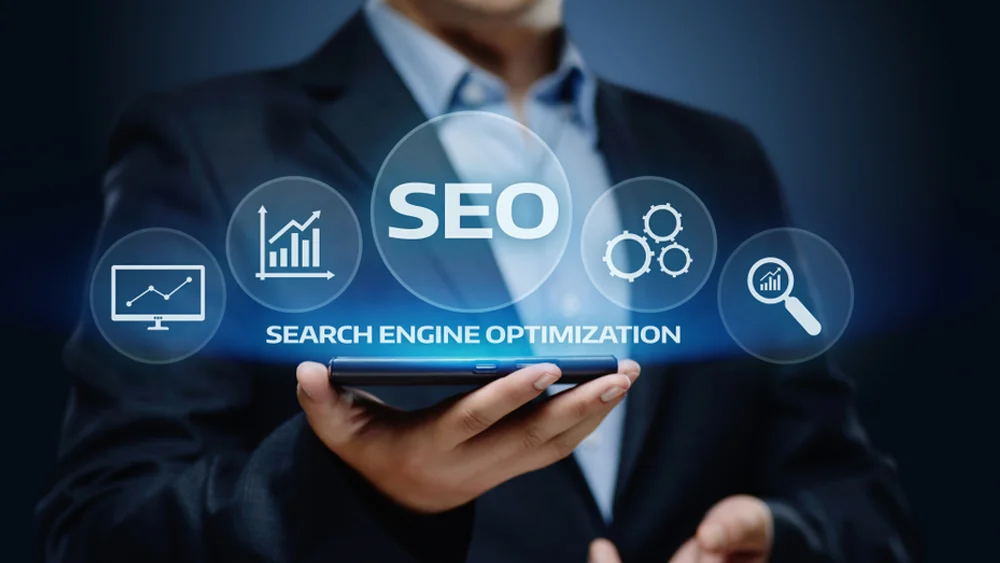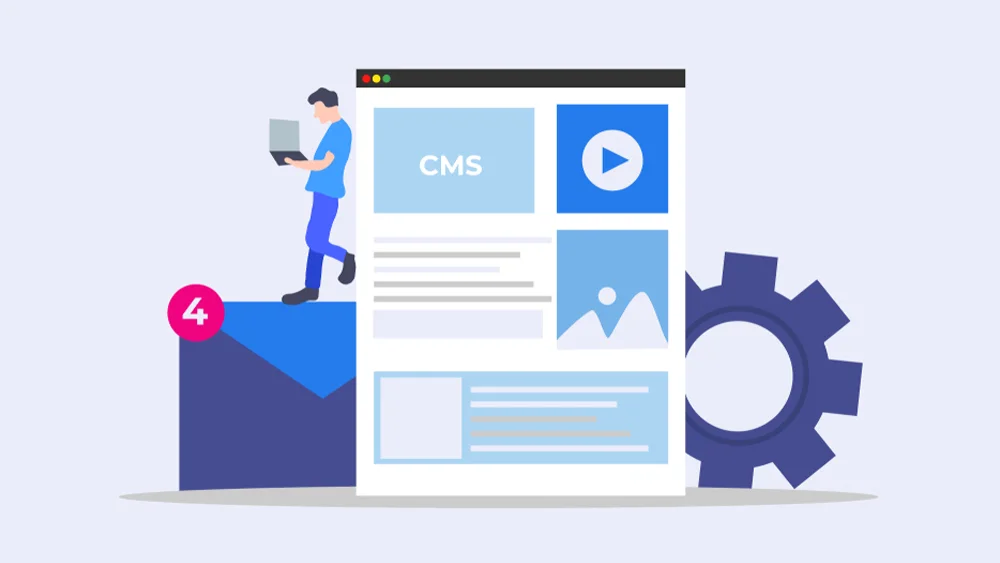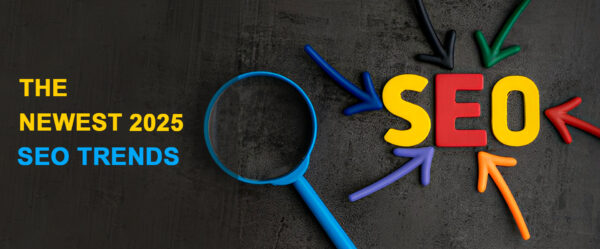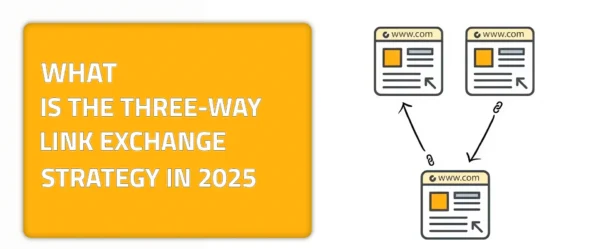Understanding What is Headless SEO and What Is Its Purpose?
Headless SEO is such an interesting name. One that makes me think of the Queen of hearts in Alice in Wonderland and how she was obsessed with the “Off with his head!” sentence. Excuse the bookworm in me. Moving on from being a geek. Let me explain to you what headless SEO is and how you can leverage it to your own advantage. Headless here has a whole different meaning than what may come to your mind when you read it. In this context, it simply means that you separate two things from each other.
Headless SEO involves optimizing content for search engines on websites that use a headless content management system (CMS). Within a headless CMS architecture, the separation of the frontend presentation layer from the backend content management system enables enhanced flexibility and agility in content delivery across different platforms and devices. Unlike conventional CMS configurations, where you link content and presentation closely, headless CMS separates the two, allowing developers to leverage modern frameworks and technologies to create dynamic web experiences. Too technical? I know how complicated it may sound. Bear with me, and I promise that you will have a full understanding of this concept.
Headless SEO: An SEO Methodology

When considering SEO, headless architectures present distinctive challenges and possibilities. Given that traditional SEO strategies typically depend on server-side rendering and HTML content, headless configurations necessitate thoughtful planning regarding content delivery, indexing, and search engine optimization. Prerendering, dynamic rendering, and structured data markup are crucial techniques to make sure that you can easily find your content. Additionally, it ranks well in search engine results pages (SERPs), even with a decoupled CMS.
So why call it “headless?” Well, there is a very nice and interesting answer to that. Headless SEO was named that way because headless content management systems separate the backend content body from the layer we call the head. The body is the content repository. Meanwhile, the head is the presentation layer in which you implement the content. This process allows you to have easy content management by having it all in one place. Additionally, it allows you to simply implement your content across any channel of your choice. The channels available are websites, mobile apps, and any other digital platform.
Headless SEO (CMS) Vs. Traditional CMS: What Is the Difference?
Conventional CMS (Content Management System) and headless CMS are two different methods for handling and distributing digital content.
In a conventional CMS configuration, the content management system handles both content creation and presentation. Content creators engage with a backend interface that includes content entry fields and formatting options. The CMS generates HTML pages dynamically, blending content and design elements, and delivers them to website visitors when requested. Some examples of conventional CMS platforms are WordPress, Joomla, and Drupal. Although traditional CMS solutions provide ease and convenience for content creators, they may have limitations in terms of flexibility and scalability, particularly in adapting content for different devices and platforms.
A headless CMS, on the other hand, keeps the server for managing content separate from the frontend for showing content. You typically generate and save content in a backend system using an API (application programming interface) in this architectural design. The frontend, including the user connection and design components, fetches information from the backend through API calls and displays it dynamically. This division enables enhanced adaptability in presenting content on various devices and platforms.
Developers can leverage modern technologies such as React, Vue.js, or Angular to craft immersive and adaptable user experiences. Contentful, Strapi, and Sanity are among the headless CMS solutions available. Even though headless architectures provide greater versatility and capacity, they might demand a higher level of technical knowledge for setup and maintenance in comparison to conventional CMS platforms.
The Myriad of Benefits You Get From Headless SEO
Headless SEO provides numerous advantages for enhancing websites and content for search engine rankings within a decoupled architecture.
- Flexibility and Adaptability: Embracing a headless CMS gives developers the flexibility to select the most suitable technology stack for creating and enhancing websites. Such adaptability enables the incorporation of contemporary frontend frameworks like React, Angular, or Vue.js, which can elevate user experience and performance.
- Enhanced Performance: Headless architectures frequently lead to quicker loading times and enhanced website performance. Through the separation of the backend content management system and the frontend presentation layer, headless setups can efficiently deliver content, reducing latency and improving the user experience. Search engines’ ranking algorithms take these factors into account.
- Improved Scalability: Headless CMS solutions offer high scalability, simplifying the management of traffic spikes and growing content. By implementing a decoupled architecture, developers have the flexibility to scale individual components separately, guaranteeing that the website stays responsive and available even when there is a surge in traffic.
- Device Agnosticism: Headless CMS allows you to deliver your content effortlessly to different devices. From desktop computers to smartphones and IoT devices. You can tailor your content to fit the screen size and capabilities of each device, enhancing accessibility and user engagement.
Benefits That People Usually Forget to Mention
- Content Distribution: Facilitating content distribution across multiple channels and platforms is easier with a headless CMS. You can distribute information or content to social media, mobile apps, voice assistants, and other digital touchpoints, expanding the brand’s reach and visibility while maintaining consistency across various channels.
- Backing for Progressive Web Applications (PWAs): Architectures without a front-end are ideal for developing PWAs, providing users with a native app feel directly in a web browser. Progressive Web apps have the potential to enhance user interaction, lower bounce rates, and extend the duration of site visits—all of which are favorable indicators for optimizing search engine performance.
- Content Updates: Utilizing a headless CMS allows for real-time updates to be implemented without requiring a complete website redeployment. This flexibility enables marketers to promptly address shifts in the market, trends, or user behavior, ensuring the website remains up-to-date and pertinent to search engines.
The Technical Challenges That You May Face With Headless CMS
Although Headless CMS provides numerous benefits, it also comes with various technical challenges that developers and businesses might face.
- Complexity: Implementing a headless CMS architecture involves dealing with complexity, requiring a strong technical background and knowledge of APIs and frontend frameworks. Developers are tasked with configuring API endpoints, managing data retrieval and formatting, and connecting the CMS with frontend applications, a process that can be intricate and demanding.
- Content Preview and Editing: In contrast to conventional CMS platforms with live preview features, headless CMS setups may have limited content preview capabilities by default. Developing efficient content preview features in headless architectures can pose a challenge and might necessitate tailored solutions to guarantee editors can preview content accurately prior to publishing.
- SEO and Crawling Challenges: Headless CMS architectures can pose difficulties for search engine optimization (SEO) and website crawling. Given that content is frequently generated dynamically on the client side, search engines might face challenges in indexing and comprehending website content, which could affect search engine rankings and discoverability.
- Enhancing Performance: Headless architectures have the potential to boost website speed, but they may also bring about performance issues if not executed properly. Developers should focus on optimizing frontend rendering, reducing API requests, and improving data fetching to guarantee quick load times and smooth user interactions.
- Dealing with cache invalidation: CDN integration can pose challenges when working with headless CMS architectures. Developers need to effectively handle cache durations and guarantee that updates are quickly distributed to CDN edge servers to reduce delays and maintain up-to-date content.
Debunking The Myths Surrounding Headless CMS
Headless CMS solutions frequently encounter various myths and misconceptions that could discourage organizations from embracing this architecture. One prevalent misconception is that headless CMS is excessively intricate and challenging to handle. Adapting to headless setups involves a unique approach compared to traditional CMS platforms, but modern headless CMS solutions typically feature user-friendly interfaces and intuitive APIs that simplify content management and delivery processes.
One common misconception is that a headless CMS compromises SEO capabilities. Indeed, headless architectures may necessitate extra attention for SEO implementation, including prerendering and structured data markup. However, they can still attain impressive search engine visibility and performance. Furthermore, there is a perception that headless CMS is primarily designed for large corporations with significant development capabilities. Nevertheless, headless CMS solutions are designed to meet the requirements of businesses of any size, providing the ability to scale and adjust to different needs and financial constraints, dispelling the misconception of being exclusive.
Wrapping It Up!
Ultimately, headless SEO embodies a forward-thinking strategy for enhancing digital content with adaptability, expandability, and improved user interactions. Despite the technical challenges, like content preview limitations and SEO implementation complexities, with careful planning and strategic execution, you will be able to overcome these challenges or obstacles.
Utilizing headless architectures allows businesses to develop responsive, high-performing websites that meet modern user demands and adhere to search engine guidelines. As technology advances, headless SEO offers a way for companies to remain at the forefront of the digital realm by creating engaging content experiences that boost interaction and support lasting achievements.









